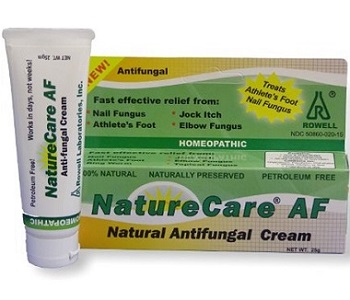
Micafungin: mucosal and invasive Candida infections.Caspofungin: mucosal and invasive Candida infections, aspergillosis.Anidulafungin: mucosal and invasive Candida infections.They inhibit an enzyme that’s involved in the making of the fungal cell wall. EchinocandinsĮchinocandins are a newer type of antifungal drug. One example of an allylamine is terbinafine, which is often used to treat fungal infections of the skin. Like the azole antifungals, allylamines interfere with an enzyme that’s involved in the creation of the fungal cell membrane.
#STRONG ANTIFUNGAL CREAM SKIN#

Ketoconazole : infections of the skin and hair, Candida infections of the skin and mucous membranes, blastomycosis, histoplasmosis.There are two subgroups of azole antifungals: imidazoles and triazoles.Įxamples of imidazole antifungals and the conditions they treat are:

Because of this, the cell membrane becomes unstable and can leak, eventually leading to cell death. They interfere with an enzyme that’s important for creating the fungal cell membrane.

AzolesĪzoles are some of the most commonly used antifungals. Below, we’ll discuss the different types of antifungal drugs and give some examples of the types of infections they treat. How an antifungal drug is given depends on factors like the specific drug, the type of infection you have, and the severity of your infection.Īntifungal drugs are classified by their chemical structure as well how they work. They can be given orally, as a topical treatment, or via IV.


 0 kommentar(er)
0 kommentar(er)
